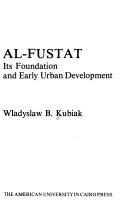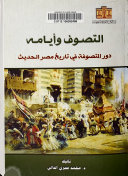Social Production Of Urban Space In Informal Areas In The G.C.R.
Missing Values & Probable Potential

نبذة عن الكتاب
In Egypt, the term “informal areas” or “Ashwaeyat” has always been negatively perceived by the majority of people as a place of illegality, problems and crimes. However, it acts as a housing solution for a major sector of Egyptian Population. In addition, some of the Egyptian slums present a great potential when it comes to social relations between the inhabitants. Moreover, some of these areas especially those “ex-nihilos” like Hagganah provide some environmental privileges and climatic advantages. These areas recall in our perception the vernacular urbanism in cities, made and designed by their inhabitants according to their needs, long ago before urban planning science revolution or evolution. The difference between urban spaces in these areas and others conceived by the Government – especially those planned in order to solve the economic housing problem- evokes to a great extent the lived/generic urban space conflict. Nevertheless, the architectural types in these areas are far from being considered as advantageous. However, some of the existing buildings can be easily modified in order to increase their architectural qualities. The aim of this paper is to identify the features, acquaint with the pros in the slums, and the lessons learned by analyzing some examples of social production of urban space like in Haggana area through the environmental, social, economic and the executive aspects. Using Henri Lefebvre theories in “The Production of Space”, this research is a clear attempt to scrutinize the potentials and the possibilities of improving the disadvantages, in order for these areas to be incrementally considered as a possible solution for economic housing problem as well as providing a healthy social urban space for its existing users.



















